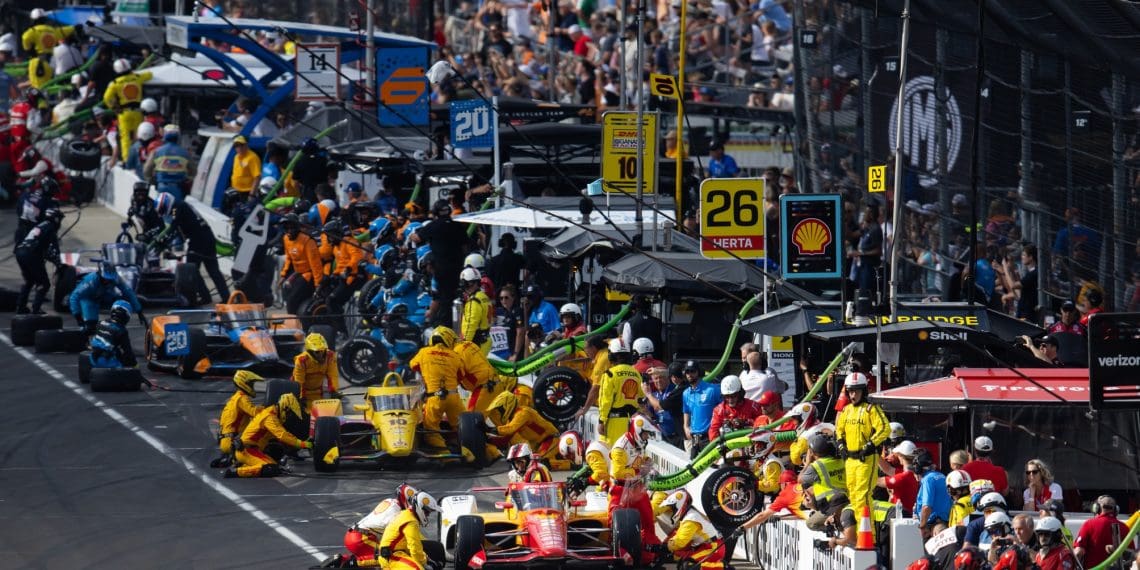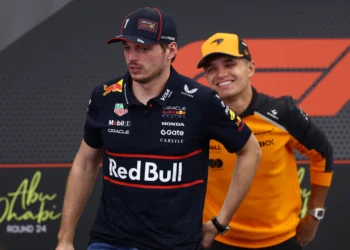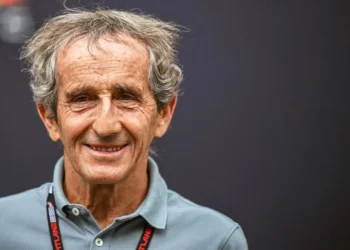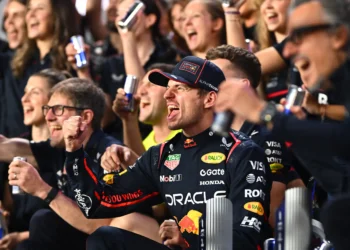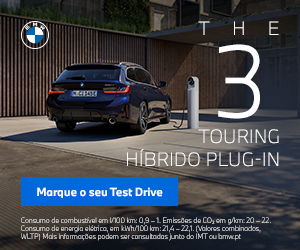The 2025 NTT IndyCar Series is in the final stretch before the season kicks off, with all 11 teams and 27 drivers set to hit Sebring International Raceway for the last pre-season test. Taking place Monday and Tuesday, the test serves as the final opportunity for teams to fine-tune their setups, gather crucial data, and adapt to the new hybrid system before heading to the streets of St. Petersburg for the first race of the year.
Two-Day Test Format: Split Sessions for Maximum Data
To optimize track time and conditions, the field will be split into two groups, ensuring that each driver gets a full day’s worth of running under both cooler and warmer conditions:
- Monday:
- Group 1 (14 drivers): 9:00 AM – 1:00 PM
- Group 2 (13 drivers): 1:30 PM – 5:30 PM
- Tuesday:
- Group 2 (13 drivers): 9:00 AM – 12:30 PM
- Group 1 (14 drivers): 1:30 PM – 5:00 PM
The test takes place on Sebring’s short course, a long-time proving ground for CART, Champ Car, and IndyCar teams. While the track’s bumpy and technical nature isn’t the most glamorous, it effectively simulates street course conditions—making it the perfect place for teams to prepare for the St. Pete opener.
Kyle Kirkwood: “It’s a Big Learning Curve”
Andretti Global’s Kyle Kirkwood is eager to get back behind the wheel but acknowledges that adapting to the hybrid system remains a significant challenge heading into 2025.
“It’s always interesting coming into it because you’re out of the car for such a long period of time that you almost think that you’ve forgotten how to drive an IndyCar until you actually get back in and realize it’s second nature,” Kirkwood said.
“This will also be the first time that we’ve gone into the season with the hybrid system, so that’s another big learning curve. Sebring does a good job of mimicking street courses for the most part until it grips up a little too much, so it’s good in that sense. It’s not the most glamorous track, but it gets the job done very well.”
IndyCar to Push Hybrid System Further at Sebring
One of the key focuses of this test will be evaluating the hybrid system’s deployment strategy. In 2024, IndyCar and its ERS partners preserved about 30% of the battery capacity for self-starting the cars in case of a stall, meaning drivers could only use 70% of the available charge as a performance boost.
At Sebring, IndyCar will experiment with a more aggressive strategy, making more of the battery’s charge available for deployment. If this extended boost time proves effective and doesn’t compromise reliability or safety, the new approach could be implemented as early as the St. Petersburg season opener.
What’s at Stake in the Final Test?
With just one week before the first green flag of 2025, teams will use this final Sebring session to:
✅ Fine-tune setups for street circuits
✅ Gather hybrid system data for better deployment strategies
✅ Maximize long-run performance in changing track conditions
✅ Evaluate new driver-team pairings before the season officially begins
With IndyCar’s first hybrid-powered season ready to launch, this two-day test at Sebring will be crucial in determining whether the field is fully prepared for a new era of racing.

